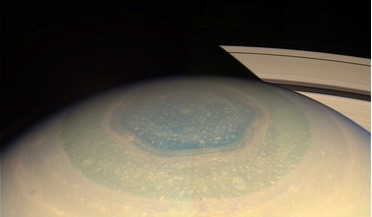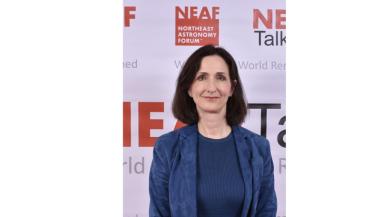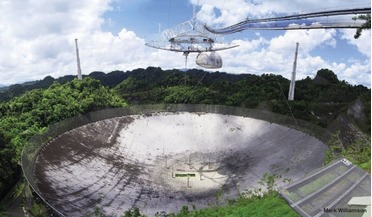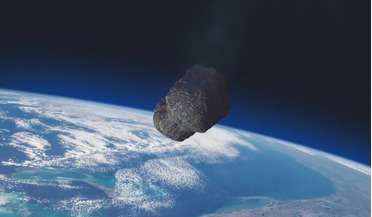 17 September 2018
Newly discovered vortex on Saturn could be part of a huge towering structure
17 September 2018
Newly discovered vortex on Saturn could be part of a huge towering structure
... a hexagon has spawned spontaneously and identically at two different altitudes, one lower in the clouds and one high in the stratosphere, or the hexagon is in fact a towering structure spanning a vertical range of several hundred kilometres.” Saturn...
 November 2025
Searching for life beyond Earth
November 2025
Searching for life beyond Earth
... for 2031, are to search for the building blocks of life in the clouds of Venus, determine the acidity of cloud particles and determine the unknown UV absorber in the clouds. From your perspective, what are the most promising biosignature gases...
 July 2021
Arecibo - an astounding legacy
July 2021
Arecibo - an astounding legacy
.... Optical observations of Venus see only the cloud tops, but radar can penetrate the clouds and reveal surface details. Nineteen-eighty-two marked the discovery of the first OH Megamaser, Arp 220, the nearest ultra-luminous infrared galaxy, which...
 18 August 2021
New study sheds light on Solar System heavy metal problem
18 August 2021
New study sheds light on Solar System heavy metal problem
... Space Agency’s (ESA) Herschel Space Observatory, the ESA’s Planck satellite, and NASA’s Compton Gamma Ray Observatory to observe the interactions between the clouds in the Ophiuchus stellar nursery and the tell-tale production of gamma-rays from...
 11 October 2021
Disrupting Earth-bound asteroids with nukes is “very effective”, new study says
11 October 2021
Disrupting Earth-bound asteroids with nukes is “very effective”, new study says
... spread out (combined with how long until the cloud crosses Earth's path) tells us how many will strike the Earth.” The team specifically focused on studying ‘late’ disruptions, meaning that the impacting body is broken apart shortly before...
 05 September 2016
Surprises for Jupiter as Juno sends back its first images
05 September 2016
Surprises for Jupiter as Juno sends back its first images
... this image is hardly recognisable as Jupiter. We're seeing signs that the clouds have shadows, possibly indicating that the clouds are at a higher altitude than other features." Although the analysis of this first data collection will take some time...